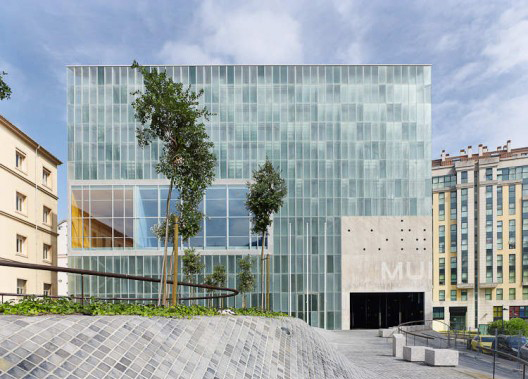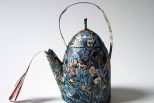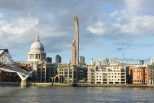Fulton Center, an impressive glass and steel building dominated by a huge transparent dome Designed by Grimshaw and Arup…

This building is the result of a first prize in an open international competition in order to develop two different buildings on one plot.
Mixing both programs into a single shape we obtained an strange concrete tree-like shape that contains in its interior the Dance School, and the surrounding space becomes a Museum.
Later, this double program was changed and refurbished as National Museum of Science and Technology using the whole area.The Center for the Arts was conceived as a single container to house two buildings of diverse nature: the new Dance Conservatory of the provincial Council of A Coruña and a Provincial Museum of ambiguous content. Much of the efforts of the project focused on define what was the identities of each one of the two members of the Center for the arts.
There could be no room for misunderstandings, each one had its individual nature from the functional, programmatic, temporary point of view and that had to be used to build the character of both. That concrete shape, with massive slabs and big girder walls, rests on a metallic structure very atomized, perimetral, that adopts a character of mesh in order that the natural light expresses the weight of the interior volume. The texture of the museum conforms exclusively for printed glass and concrete made with natural wood form. For the ceiling, 1000 acoustical cylinders hide the technical floor while stablish an spatial reference to the whole.
A concrete tree that contains the school of dance into its branches and, surrounding this treelike shape it was the Museum, between the object and the limit. This strange shape stands as a protagonist of the museum space and defines the relations between the visitor and the place: IN means that you’re into the Conservatory; ON means you’re at the Museum, IN/ON. Two different facades (printed glass – standard glass), two temperatures of lighting color (halógen-fluorescent), two types of materials (hard-soft)…, two staircases making a double helix (coil) to guarantee the full autonomy between the visitors and the students.
(Fabiana Cambiaso – Università La Sapienza)




